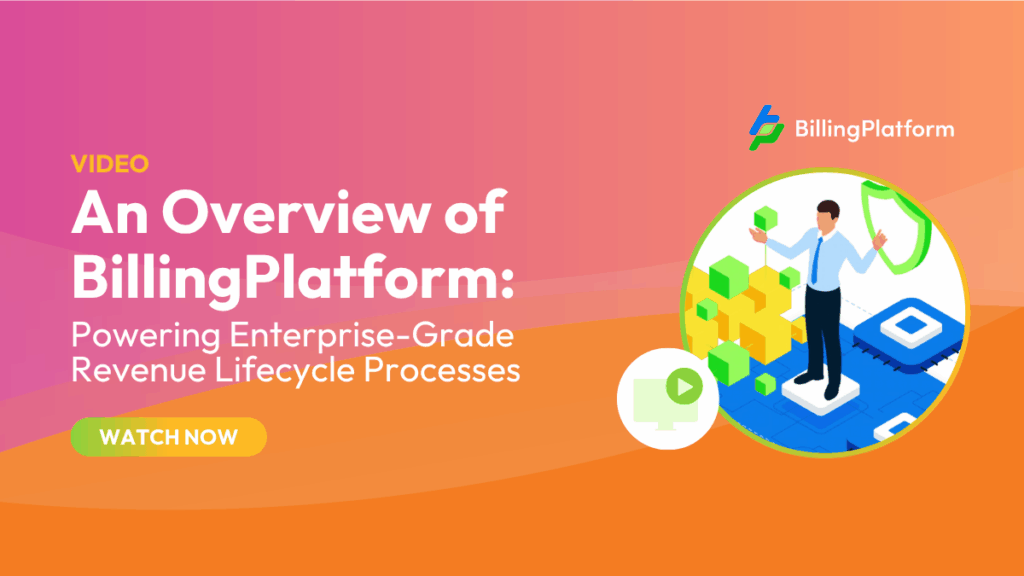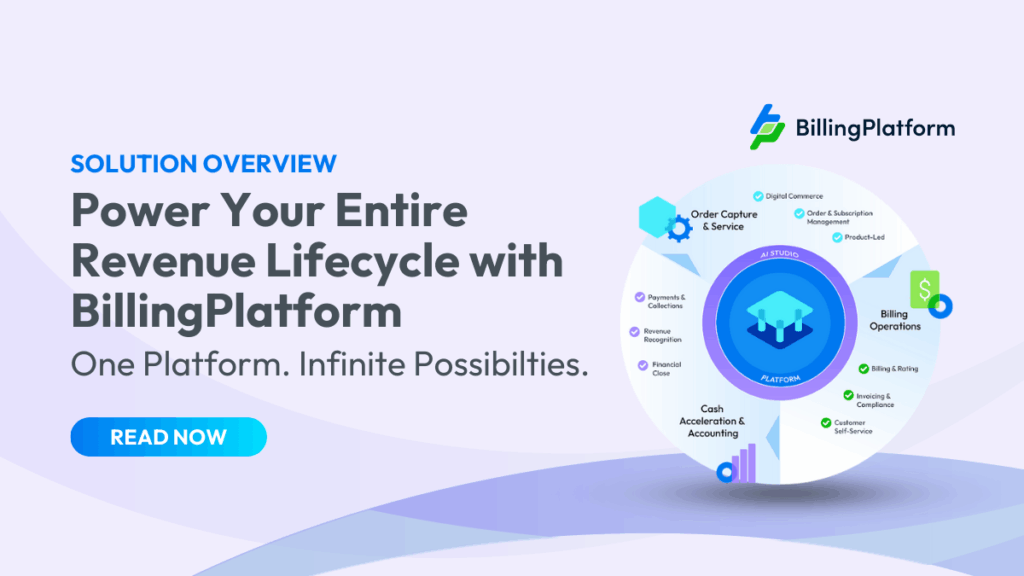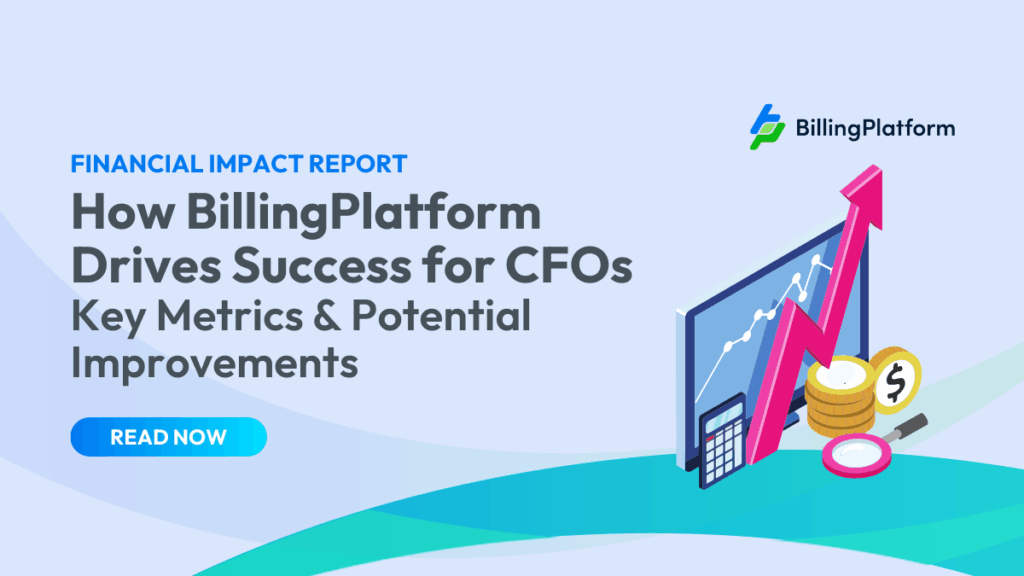There’s one thing that every organization, regardless of industry, tries to do: reduce customer churn. A critical measure of business health, your churn rate is the percentage of customers or subscribers who stop doing business with a company during a certain period of time. Like it or not, churn is inevitable – whether voluntary or involuntary. Fortunately, there are ways you can mitigate both types of churn.
Voluntary Churn vs. Involuntary Churn: What’s the Difference?
Voluntary churn refers to customers that actively choose to stop using your products and services or cancels their subscription. This intentional decision is typically made because the customer no longer found value in the product/service, they switched to a competitor, the product or service no longer met their needs, the product/service was too expensive, or they received poor customer experiences.
Alternatively, involuntary churn is characterized by a customer that still wants to use your product or service, but the account is canceled or interrupted due to an issue such as an expired or declined credit/debit card, billing errors, or the account was unintentionally locked or suspended.
Before diving into how to reduce customer churn, let’s look at how customer churn is measured.
Calculate and Benchmark Your Customer Churn Rate
The churn rate formula is pretty straightforward. Take the number of customers lost during a specified period like monthly or annually and divide it by the number of customers you had at the start of the period. Multiply this figure by 100 to get your churn rate percentage.
For example, let’s assume that at the start of the month you had 500 subscribers and during that month you lost 25 of them, your customer churn rate would be 5%. However, knowing whether your churn rate is considered ‘good’ depends on several factors, such as your business model and customer segment. For instance, the target monthly churn rate for enterprise B2B SaaS companies is 0-1%. Alternatively, B2B or B2C SMB SaaS businesses should strive for a monthly churn rate of 2-5%. And startups can see a churn rate as high as 12% in their first year. Given the wide variance of customer churn rates, it’s important to research and benchmark your churn against your peers, as well as rely on industry reports and studies.
Before sharing how you can reduce customer churn, let’s briefly cover a few other metrics you should track in conjunction with customer churn. By analyzing them collectively, you’ll gain a more holistic picture of the financial health of your business.
- Customer Lifetime Value (CLV): This metric represents the average total revenue the business can expect to earn from a customer over the duration of their relationship.
- Net Revenue Retention (NRR): This metric, also referred to as net dollar retention (NDR), measures the percentage of recurring revenue retained from existing customers over a specific period of time and accounts for churn, expansion revenue, and contractions.
Learn more about understanding churn and its impact on your SaaS business.
How to Reduce Customer Churn & Maximize Retention
It’s well known that it costs more to acquire a new customer than to retain a current one. So we’ve put together the top 16 tips for how to reduce customer churn:
1) It’s never to early to reduce customer churn
Poor onboarding is one of the top causes of early churn. Improve the onboarding experience and introduce new customers to your products and services by implementing dedicated tredraining and support services, offering step by step tutorials and videos, providing webinars, organizing chat rooms, and making available one-on-one communication.
2) Develop a continuous education cycle
With new products frequently entering the marketplace, the SaaS industry is in a constant state of flux. Keep your subscribers up-to-date on new products, features, and functionality by providing resources like tutorials, videos, webinars, interactive training sessions, live demos, ask-the-expert forums, in-app tips, FAQs, and blogs.
3) Make customer engagement a priority
Get actionable insights from the people that matter – your subscribers. Regular communication about product/service updates, personal offers, and product tips will not only make your customers feel valued, but you’ll also increase loyalty and receive the information needed to address concerns before the customer becomes a churn risk.
4) Create a buzz around your brand
Want to reduce churn while increasing brand awareness? Host user groups, events, and online forums and/or set up customer communities on LinkedIn, Facebook, etc., where subscribers can share experiences, learn from each other, and discuss their successes. Take it one step further by including limited time offers of rewards and discounts, early access to new features, and loyalty programs to new participants, as well as loyal subscribers that renew their subscriptions.
By building a customer community, you’ll help them feel connected with each other, your products and services, and your brand.
5) Excel at customer support and service
The quality of your customer support and service plays a key role in customer churn.
- Enhance service and support by exceeding service level agreements (SLAs)
- Offer customer support across a variety of channels like email, phone, internal support sites, and live chat
- Monitor quality assurance and support processes and metrics
- Obtain regular feedback from your subscribers and quickly acting on the input
- Keep your support and service staff running at peak levels through continued training
6) Offer flexible and differentiated pricing models
Not all subscribers are the same, making one-size-fits-all pricing ineffective. Develop various pricing plans to accommodate different customer needs and budgets. Further reduce customer churn by ensuring the pricing aligns with the value of your products/services. You can offer a variety of pricing models like freemium, usage-based or tiered pricing. You should also provide easy upgrade and downgrade paths, and provide discounts or incentives to long-term subscribers.
7) Collect and act on customer feedback
Customers not only want to be heard, they want a quick resolution to their pain points. Find out what customers are really thinking through online surveys, conducting regular interviews with high- and low-engagement customers, and measuring net promoter score (NPS) and customer satisfaction score (CSAT) metrics.
8) Get personal with your subscribers
While sending boilerplate letters and emails to subscribers may be the quickest and most cost-effective way to communicate, it rarely delivers the results you desire. Take a personalized approach by tailoring your communications and offers based on customer behavior and preferences. Additionally, be sure your support and service staff have everything needed to customize their interactions with your subscribers.
9) Stay on top of customer engagement
Do you know how often your subscribers engage with your products or services? Unengaged subscribers are more than likely to churn. To reduce customer churn, monitor usage analytics and analyze subscriber behavior to identify at-risk customers and proactively engage them.
10) Create customer success teams
Invest in a team of customer-focused professionals that have in-depth product knowledge and the ability to communicate the value your products and services provide. Be proactive in communicating feature/functionality issues and identifying at-risk subscribers. When an at-risk, high-value customer is identified, deploy the best-of-the-best from your success team to turn the situation around.
11) Promote your accomplishments
Proactively communicate the uniqueness of your offerings and the undeniable value it brings to subscribers. This not only keeps your brand top of mind but helps to provide competitive distinction.
12) Reduce billing obstacles
A simple typo or a transposed figure can result in either voluntary or involuntary churn. Implement a billing system that helps to ensure accurate and timely invoices, provides a seamless experience with electronic payments, supports multiple, diverse digital wallets, automates payment retries and recovery, streamlines the dunning process, and adheres to global compliance standards.
13) Preempt payment issues
The most frequent cause of involuntary churn is payment issues. Be proactive with communications about payments to help reduce customer churn. For example, send an email informing the subscriber that their card is due to expire and allowing for backup payment methods. When a payment issue arises, use smart payment tools and dunning processes to reduce involuntary churn from failed payments.
For example, space out payment retries (e.g., 1 day, 3 days, 7 days), automate reminders and retry attempts for smoother payment management, use credit card services to auto-update card details, display in-app banners or pop-ups when a payment fails, and trigger a sequence of automatic payment reminders.
14) Know why churn is happening
This starts with analyzing the churn your company is experiencing, both voluntary and involuntary. Using the collected data, determine how much of the churn is voluntary vs. involuntary, are their key churn points, e.g. length of time as a subscriber, at the conclusion of a free trial, seasonal, did a specific event like a price spike contribute to an increase in churn, etc.
While this information provides the foundation, obtain detailed information by sending a short survey or engaging a member of your customer success team to determine the reason(s) the subscriber churned. With this information you’ll be better positioned to prevent churn.
15) Focus on attracting the right customers
While you want to keep your churn metrics low, you also don’t want to retain customers that are a financial drain. The products and services you offer need to provide increasing value for subscribers to consistently up their spend. Status quo offerings tend to attract long-term freemium users.
Instead of casting a wide marketing net, identify loyal subscribers that increase usage of your products and services. Using this data, determine the behavioral, geographic, economic, etc. factors and focus your marketing efforts on these segments.
16) Offer long-term contracts
Traditionally, SaaS organizations relied on metrics such as annual recurring revenue (ARR), monthly recurring revenue (MRR), customer lifetime value (CLV), and churn rate to assess the financial health of the business. While providing valuable insight, these metrics fall short in that they only focus on short-term gains. Enter long-term contracts that can span 2 years, 3 years, 5 years or more.
These multi-year contracts not only reduce customer churn risk, but helps build customer loyalty, offers resilience during economic downturns, and provides differentiation from competitors who rely solely on standard, shorter-term contracts.
Turn the Corner on Customer Churn
Churn mitigation is an essential part of running a business, relying on ongoing, open communication and proactive retention strategies. BillingPlatform provides the tools you need to automate the entire order to cash process, enhancing customer satisfaction, improving customer retention, and boosting revenue and cash flow. By combining BillingPlatform with churn reduction strategies, you’ll have all you need to turn the corner on customer churn.
Are you ready to stop customer churn in its tracks? Take the first step today.



